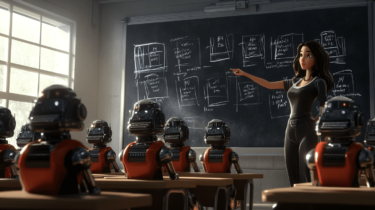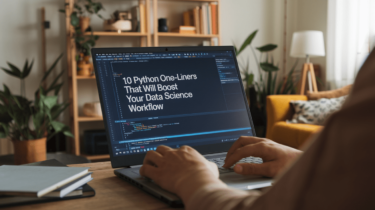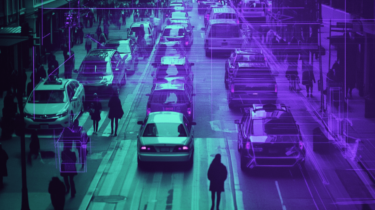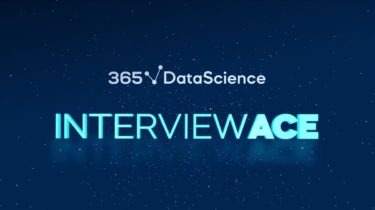Building a Robust Machine Learning Pipeline: Best Practices and Common Pitfalls
Building a Robust Machine Learning Pipeline: Best Practices and Common PitfallsImage by Editor | Midjourney In real life, the machine learning model is not a standalone object that only produces a prediction. It is part of an extended system that can only provide values if we manage it together. We need the machine learning (ML) pipeline to operate the model and deliver value. Building an ML pipeline would require us to understand the end-to-end process of the machine learning lifecycle. […]
Read more








